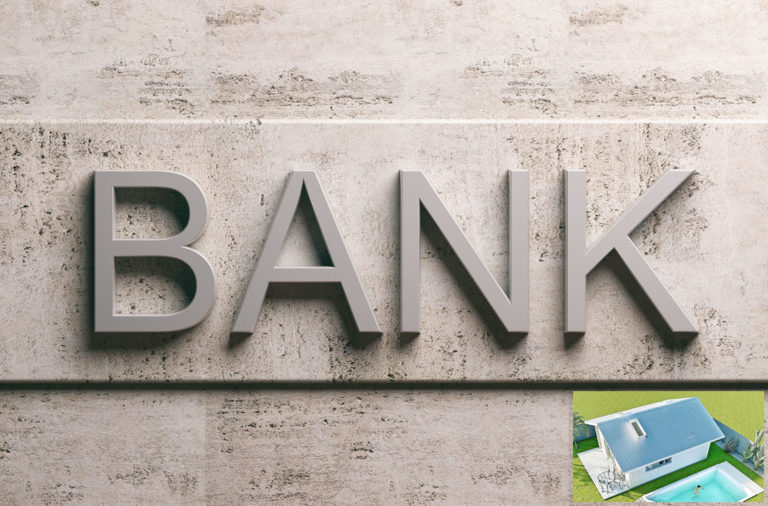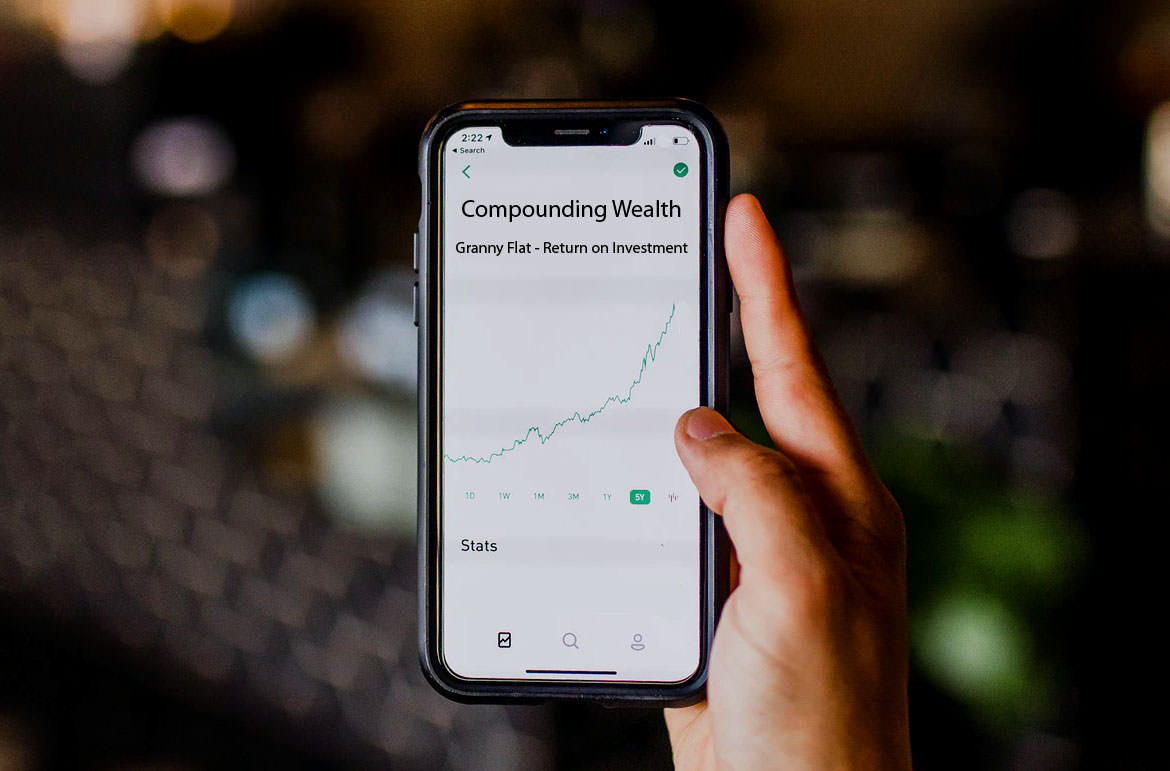
A question that I get asked regularly is – Are granny flats a good investment?
Yes, if they are built in a way to reduce costs. Are in the right area, give you a great rental return and add equity to your property. However, they can also be a bad investment if you over capitalise and make the property less desirable to your target market. (If you are looking to sell).
The answer is maybe. And in this very detailed article, I will break down what may work best for your circumstance.
DON'T PAY A FORTUNE FOR YOUR GRANNY FLAT. Find out how to deal with council and build a granny flat for the lowest cost possible. Learn More.
Today I will discuss when it is a good investment and how granny flats can take years off your mortgage. Plus cover when it is a bad investment. Any what you really need to look out for.
With a lot to cover, lets get right into it.
Please NOTE: I am not a financial planner or expert. My hope is to relay all the considerations I made before I built my own granny flat. Good and Bad!
When It Is a Good Investment
To start with, lets cover when it can be a great investment.
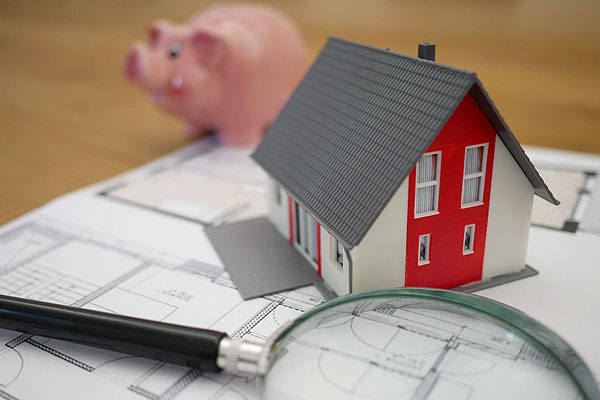
It’s a good investment when you can see a clear increase of your net worth
A granny flat is considered a good investment when:
- You need an income tax break (claiming depreciation).
- You are prepared to rent out one of the dwellings – either permanently or as a holiday house.
- The ‘right’ location – that is, your granny flat is in an appealing suburb.
- By speaking to a real estate agent, you get confirmation your suburb has a low vacancy rate and you can receive a great rental yield.
- The rental return helps cover the costs of your mortgage.
- To protect yourself from potential interest rate rises on your home loan.
- You have done your research on stamp duty and capital gains tax.
- It’s likely to increase the equity in your property.
How Depreciation for a Granny Flat Works for Income Tax
A granny flat can give you a great income tax break in the form of depreciation.
The government has set depreciation at least 2.5%, so it can only go upwards from there every year. This is simply claiming the general wear and tear of the granny flat over its’ life.
A smart idea would be to buy a depreciation report.
You can construct your own report, on which I will elaborate below, but it isn’t easy – the professionals have a lot more knowledge.
A quantity surveyor will go to your site to create the report. This will advise you how much to claim on depreciation every year.
You can obtain depreciation reports from the below companies:
- https://www.bmtqs.com.au/
- https://www.mydepreciation.com.au/
- https://www.washingtonbrown.com.au/
- https://com.au/
- https://deppro.com.au/
- https://www.infotrack.com.au/
- https://www.austtacom.au/
These companies can all produce a report that the ATO will accept with a ‘depreciation schedule’.
Just why are these important? Well, it’s difficult to figure out the depreciation on your whole property – parts of the granny flat will depreciate at different times.
For example, some building materials depreciate faster than others – such as, vinyl floors and carpets.
Your report will go into this exact amount of detail – everything including your flooring, framing and appliances will all have their own depreciation rate.
For example – say it cost $100,000 to build your granny flat.
Depending on exactly what that money is spent on, your report will say you can depreciate “THIS AMOUNT” each year.
If the report says the amount could depreciate was $6000 for the financial year, this is deducted from your rental income. So, if your rental income is $24,000 that year, $6000 is taken off that. Meaning, you only pay tax on $18,000 instead of the full amount.
If you want to try creating your own depreciation report, it’s important to note this is risky.
If the report has been completed by a registered, qualified surveyor, the ATO won’t really question it’s details.
Whereas, the ATO may reject the way you calculate the figures. So, spending $300-$600 for a report could be money well spent.
Especially if you spend more than $50,000+ on building your granny flat, as there can be a substantial amount of money you can save on your income tax.
Ensuring You Are Always Drawing an Income From the Property
A granny flat gives you the possibility to earn two lots of rent from the one property.
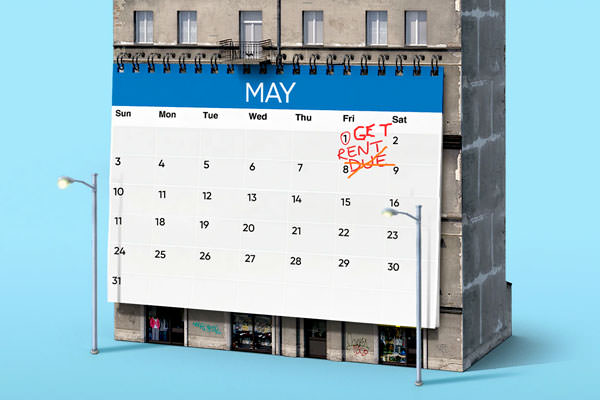
Getting rent is always better than paying it
You are also ensuring you will always get a rental return from at least one property, as it is unlikely that both dwellings will be vacant at the same time.
It could be put on AirBnB as a holiday home as I have done with my granny flat, or rented out permanently. Some people are even moving into their granny flat and renting out their main home.
I recommend checking out: airdna.co to see what income your granny flat may derive for you. Their software takes a neighbourhood close to you and shows you what rental return and occupancy rate you should expect.
So, there are multiple ways that a granny flat can provide you with a steady stream of rental income if you decide to rent it out.
Reports have shown a granny flat can increase the rental return on the average house in Sydney from 2.5% to 3.6% – that’s $300 more each week.
Could Work for Your Target Market of Tenants
Anecdotal evidence suggests that areas of NSW with extended family that live under one roof have seen granny flats become more common, such as:
- Bankstown.
- Blacktown, and
- Parramatta.
These areas have a greater population of migrant families, and international buyers often keep many generations of family living very close by, if not under the same roof.
It means that their family members can live with them, whilst still keeping a level of independence.
This example above highlights that different areas by-in-large, have a “target market” of people living in certain suburbs. It is important to understand the communities living in these neighbourhoods and what they need. The best bet is to speak with a local real estate agent in your area to confirm ideas you have about your potential tenants.
Then ensuring you build a granny flat to their way of life, as close as you can any way.
How the Right Area Makes All the Difference
Location, location, location!
This is important to consider, is this is what makes a granny flat a great rental property.
If your primary dwelling is located in an attractive suburb, the more profitable it will be. Take note of things such as:
- How easily available places of interest are to your property (i.e. shopping centres, hospitals, schools and train stations).
- The amount of people in your suburb (those with a larger population will do better).
- If your suburb is in an area that is popular with tourists, weekend holidays, weddings, corporate events, or manufacturing – for short term rental.
Simply put, if you are in a low socioeconomic area, your granny flat might be harder to rent out.
If you are situated in a higher socioeconomic area, you may get a better rental return.
Be Sure to Speak With A Local Real Estate Agent
I recommend that you speak to at least 3 real estate agents in your area before you even begin building.
The knowledge you will gain from them is invaluable, as they know your area better than anyone. You will find out:
- What sort of people in your area are looking for rental properties. This is important, as you will get the best idea of how to design your granny flat for the target market.
- The demand/vacancy rates in your area for rentals. This is essential, as it calculates how many rentals are in your location that are currently unoccupied (known as the vacancy rate). You should know the vacancy rate before building – a low vacancy rate ensures there is a high demand for rentals in your area. Meaning, your granny flat will not stay vacant for extended periods of time.
- Rental yields in the area. A rental yield will calculate the profit you can make each year from your granny flat, from a percentage of its value. Meaning, you will find out how much rent you will make from your build.
Granny Flats Can Take Off Years on Your Mortgage
By renting out a granny flat, you could gain, on average, $350 – $550+ per week in rental income (depending on your location).
This is a return of more than $1700 – $2300 per month, and $20, 000 – $28, 000+ per year.
This money could go towards the costs of the mortgage on your main home.
What is important to note is that, by simply putting the money that you receive in rent from the granny flat on your mortgage, you can:
-
Reduce the length of your home loan by 14-18 years.
-
Save $200,000 – $300,000 plus in interest.
For example (using simple round figures):
If the amount of your loan is $500 000 and the rent from your granny flat is $500, you can save $248,000 in interest, taking 18 years off your loan.
Or, if your loan is for $700,000 and your rent is still $500, you can save $306,000 in interest, reducing your loan by 16 years.
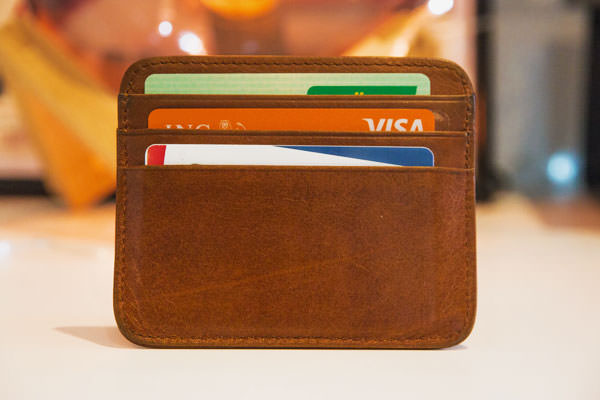
Enjoy money for how you want to spend it. Not passing it to the bank.
The actual percentage that can be made on your investment and amounts that can saved on your loan can be seen in this great article by Granny Flats Australia.
Protection from Interest Rate Rises
A granny flat can protect your property from a rise in interest rates. Though they have been relatively stable in Australia over the past few years, we may soon be impacted by an increase at anytime.
Has the thought of an increase in interest rates and the extra costs concerned you?
Well, the silver lining is that adding a granny flat to your property will shield your loan from an interest rate rise by 2 – 3%. You can think of a granny flat as insurance against interest rate rises, as such.
For example, let’s say you have a loan that is $500,000.
Lets say your current interest rate is 4% per year (paid monthly) = $1667. (Interest only)
And your interest rate goes up by 2% (so is now 6%) per year (paid monthly) = $2500. (Interest Only)
This is an extra payment of $833 per month now.
Now, let’s say you have a granny flat. And your loan amount is now $620,000. (After borrowing more to build your granny flat). Your interest rate is still 6% per year (paid monthly) = $3100.
From what you were initially paying, you are now paying $1433 more a month in interest.
But you are getting $420 per week rent from the granny flat ($1820 a month).
So, rather than having $833 a month leftover, you have an additional $387 a month. Even if you receive less than this per week, there could be a strong likelyhood that they interest on your mortgage won’t be a large concern.
The granny flat on your property will turn into an income producing asset. Gathering rental income and consuming any increase in interest rates.
This is not always the case, however it has been mentioned that when interest rates increase so do rents. This can give you an even greater buffer if interest rates increase.
No Stamp Duty or Taxes Need to be Paid
This can be a tricky subject matter to discuss…
If you are building your granny flat out of the money from your own pocket, you will not be required to pay stamp duty or taxes.
However, if the money is gifted to you, especially by an older relative who wants to move into the granny flat. There can be some problems around this situation.
*Another concern the ATO has is if you “gift” your money to your children then decide to go on the pension, that is a big problem. This is defined by what a “reasonable value” is.
To explain a little further:
The “reasonable value” is found by:
- Multiplying the maximum annual couples pension (currently $35,573.30), or that of a single person, by
- A conversion factor found on the Australian Government website.
But if your parents:
- Gift you $350,000 to build a granny flat on your own property, and
- Pay for example, another $100,000 to spend their life in the dwelling,
This will trigger the “reasonableness test”.
Let’s say at your youngest parents next birthday, their age is 70. This equals a reasonable value of $35, 573.20 x 17.36 = $617, 550.75.
So, the reasonable value was not surpassed, and you will not have to pay stamp duty. However, your parents may pay for more than one life interest (if you have siblings). If the total amount they pay is no more than the reasonable value test, no sum of money will be treated is a gift.
It gets more complicated when determining whether the person/s in the granny flat is a homeowner or not, due to the assets test.
If your parents wish to contribute towards the granny flat, i strongly suggest they make an appointment with a financial advisor to discuss how they can best evaluate these rules.
It is important to note that you may be subject to paying is Capital Gains Tax.
Construction Loan – If You Have Equity in Your Property
One of the main questions when it comes to owning a home is how much equity you have. This is important, as equity is basically how much of the house you own, versus how much the bank owns due to your mortgage.
It’s quite simple to calculate – deduct the money you still owe on your home loan, from how much your home is worth.
For example, you have managed to pay a bit off what was a mortgage of $225,000, and it is now $194,000. Over time your home has increased in value, to $238, 000.
So, your equity is the current value of your home ($238,000) minus what is left on your home loan ($194,000) = $44,000.
You’re a cut above the rest if you can build equity in your home more quickly.
It has been said that, to build a granny flat, some lenders will grant a granny flat loan worth:
- A maximum of 90% of the value of your property if you don’t have enough equity.
- Up to 100% of what the granny flat will cost, if you do have enough equity.
There are 2 ways to get this money by:
- Obtaining the equity in your property, or
- Getting a construction loan.
Your home is your most valuable asset, so understanding;
- How equity works.
- What you can do to increase your ownership in your home, and
- How you can profit from it,
Is one of the best ways you can succeed financially.
Net Cash Flow Example of Granny Flat Income
Net cash flow is a calculation of profit – measured by the amount of money produced (came in) or lost (went out) over a period of time. Granny flats have the potential to significantly boost your cash flow from rental income – if done right.
Say you have a house in Terrigal, NSW, and you spend just over $91,000 as an “owner-builder”, like I did when I built my granny flat.
Once building is complete, you can rent it out for $500/week.
Let’s break down the costs.
Gross yield = $500 x 52/weeks /$91 071.64 x100 = 28.55% before tax and costs.
Let’s say the interest rate is 5%
Mortgage repayments (interest only) = 5% x $90, 000/52 weeks = $86.54/week.
Net cash flow before tax = $500 – $86.54 = $413.46.
So you can see, just a simple granny flat can potentially earn you an extra $413.46/week in rental income (before tax) – that’s a huge $21,499.92 per year. And if you didn’t borrow the money to build the granny flat, that is straight in your pocket to do with it what you will.
When It Is a Bad Investment
There are a few circumstances when building a granny flat might not be the best choice.
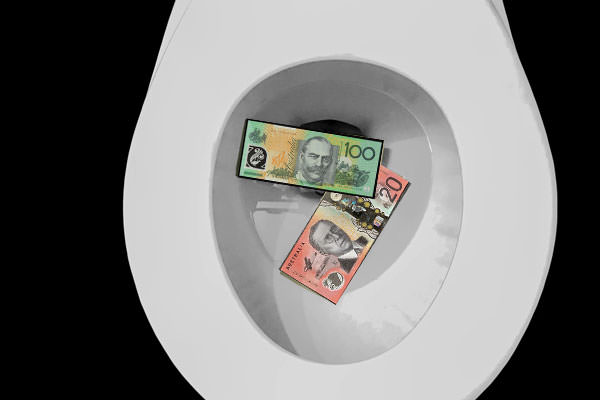
There are some cases where money is better spent
A granny flat could be considered a bad investment for the following reasons:
- In Victoria or South Australia, renting out a granny flat for income is not allowed. Different areas of Queensland have different regulations.
- It can potentially lessen future buyers interested in your home, as there is no longer a backyard.
- Areas where there is an oversupply of granny flats, or bad tenants.
- Generous Council fees, including Section 94 Contributions, impact the viability of your project. And throw costs out the window.
Which States Do Not Allow You to Rent Granny Flats
Each state has its’ own regulations when it comes to renting out granny flats. In New South Wales, you are allowed to rent out the granny flat to unrelated tenants without any issues at all.
In Victoria, a granny flat is called a Dependant Person’s Unit (DPU). It must be occupied by someone dependant on the person/s in the primary dwelling (i.e. a parent, grandparent or teenage child).
In South Australia, a granny flat is called Dependant Accommodation, and must be occupied by an immediate family member.
In Queensland, you don’t need a Development Approval (DA) if the granny flat will be occupied by a ‘member of your household’.
Some areas may allow you to rent out to non-family member, others may reject this application.See “Granny Flat Queensland Regulations” for more information.
Western Australia, the Northern Territory, Tasmania and the Australian Capital Territory all allow you to use a granny flat as a source of rental income.
General Costs to Build a Granny Flat
It is easy to over-capitalise if you spend too much in building your granny flat, then the value of your land won’t increase over your building costs for the secondary dwelling.
Not to mention; you could run out of money before you finish the build if a strict budget isn’t kept. To ensure this doesn’t happen, keep aside enough of a barrier, that will enable you to complete the construction.
Building a granny flat can increase your rental yield and equity – if done properly. Meaning, the granny flat should increase the value of the property, more than the cost of construction, when planned well.
The cost of building a granny flat varies — a lot depending on the quality of the build. It can range from as little as $20,000 to as much as $200,000+.
There are several types of granny flats from which you can choose:
- Prefabricated.
- Mobile (“on wheels”).
- Relocatable.
- Second-hand or display models.
- Modular homes.
- Flatpack (kit homes).
- Shipping containers.
- Or you can also build a granny flat from scratch.
You can read about how I documented every cost I paid when building my own granny flat as an “owner-builder”.
Please note that your cost may change depending on:
- The size of the granny flat.
- The fixtures and fittings you choose.
- Your block of land (the more complex your block of land, i.e. if you have a sloping block, it will cost you more to build on than a flat block).
- Your existing services (i.e. how far away your granny flat is from your power and sewer system – the harder they are to connect, the more they will cost).
Overspending Also Means Less Equity
If the cost to build your granny flat is too high, the value of your property will not increase.
Thus, it will not cover the cost of construction, and your equity will not improve.
For example:
Your mortgage was $255,000, and it is now $237,000. But your home has not increased in value, it is still worth $255,000 after you speak with a local real estate agent. So, your equity is the current value of your home ($255,000) minus what is left on your home loan ($237, 000) = $18, 000. This $18,000 in equity did not cover the cost to construct your granny flat in this example!
Potential to Lessen the Potential Buyers of Your Property
There is a possibility that a granny flat could only be of interest to investors who wish to buy – not to families who have lost a bigger backyard.
It’s unfortunate but true – not everybody wants a tenant living in their backyard.
So, this will reduce the marketability of your property as a whole. They only appeal to a certain portion of the market, limiting your potential buyers in the future.
Should You Use Your Money as a Deposit for an Investment Property Instead?
There are advantages and disadvantages to each, which I considered below:
The benefits of building a granny flat include:
- Rental income – They provide another source of income from rent.
- Depreciation – As an investment property, you can claim extra on depreciation on your granny flat.
- Increased Value of Your Property – A granny flat may increase the value of your property (just ensure you don’t over capitalise!).
- Ensuring You Will Always Get an Income – With the two dwellings on one property, it is unlikely that both will be empty at the same time, if you plan on renting both.
- Assisting Your Family – A granny flat at the back of your home may end up being accommodation for your teenager, parents or grandparents.
The risks of building a granny flat include;
- It may cost more than you budgeted for – There are likely to be unexpected “surprises” when building our granny flat.
- Not all Councils’ allow granny flats – More Councils’ are accepting of granny flats nowadays, making it easier to get approval. However, ensure you check all regulations – the size your block must be, setbacks, etc.
- In general, the Councils’ that do not approve granny flats are high capital growth areas Meaning, a higher socioeconomic area – those that will deliver above average capital growth – may not approve budget granny flats if they do not like their appearance.
- Constructing a granny flat doesn’t always add adequate value to your property – Meaning, your overcapitalising by spending too much money on the build.
- You can potentially cause reductions in your resale market – The end result is met with minimal demand – not everybody wants a granny flat in their backyard. Your property will mainly attract investors, rather than families who have lost a backyard, or do not want a tenant creating noise in their yard.
- Subdivision is no longer an option – I will elaborate on this shortly.
So, while it’s possible to significantly boost your cash flow from rental income with a granny flat, that $100 000 or so could be put towards an “investment grade” property, generating a healthy return.
There is a ‘Wrong’ Area to Build a Granny Flat
Sydney is currently in the middle of a ‘granny flat boom’, and so overupplies in certain areas is a big problem.
Prior to the SEPP changing in 2009, which allowed all granny flats to be approved by Complying Development (CDC), they were not so common. However, since their has been a huge growth – an increase of 260% from 2009 to June 2014 – as they could be approved in 10 days and built in all residential areas.
Almost 5000+ granny flats a year are now being built in NSW.
So, there are some suburbs where there are just too many granny flats available for rent and not enough demand.
This can have a negative impact on the rental return for your property. Before building your granny flat, ensure you do your research – making sure that there’s a limited supply of granny flats, both in the current market and future.
If there are a lot of granny flats being built in the area, this can also reduce the future value of your property.
Also, do not forget to consult your real estate agent about the target market – there could be a chance of bad tenants if the demographics are bad and you don’t want to deal with that.
Surprise Section 94 Expenses
Section 94 is a bit of a nasty surprise – when Council imposes contributions on you, which can throw your figures right out.
These mandatory “contributions” are calculated by:
- The rate the population is likely to grow in the future.
- Works and services that will be needed for this population, and how much this will cost.
- A fee per person that currently resides in the area, in order to provide adequate facilities.
- This fee is then associated with a cost per dwelling in the area at the given time.
- The contributions are then worked out on a per dwelling rate.
- As a result, how many rooms is in your flat is also taken into account.
These charges differ significantly between Councils’, based on the current population and expected future population. So, I suggest that you contact your local Council and get a firm quote on what you will be asked to contribute.
Some Councils will impose these Contributions on you before you start building your granny flat.
Sometimes, it may be thousands of dollars you will be asked to contribute before you are allowed to build, as you will not receive approval until you have done so. But mostly, you will be asked to contribute regular payments to the Council, helping to pay for the costs of extra services and infrastructure resulting from your development.
The money will be used for public amenities and services, such as:
- Sporting and Recreational facilities.
- Libraries.
- Community facilities.
- Transport and Traffic Management.
- Roads.
- Bushfire Protection.
- Plan Administration and Management.
- Open space improvements.
- New residents’ kits.
- Bicycling paths.
- Car parks.
- Civic improvements.
Two examples of prices in different Councils’ at the time of researching this are:
- Blacktown Council : $4,200
- The Hills shire Council: $10,400
As you can see, the prices vary dramatically between locations.
*Please note – Councils constantly review their costs, so these charges are always subject to change.
Other contributions council might offer can be:
- Monetary.
- The gift of land free of charge.
- Material public benefit.
- A combination of some/all of the above.
- A monetary contribution payment plan being applicable instead of a lump sump paid right away
Different States Have Different Rules
As mentioned previously, every state has its’ own rules when it comes to renting out a granny flat.
They also have their own regulations around building a granny flat.
These can be seen below for each State:
- Granny Flat Laws NSW
- The Rules for Granny Flats in VIC
- Granny Flat QLD Regulations
- Granny Flat WA Regulations
- SA Granny Flat Regulations
- Granny Flat ACT Regulations
- Granny Flat TAS Regulations
You Can’t Subdivide Your Property Anymore
If you want to subdivide your property, it is not a wise idea to build a granny flat – you cannot do both. This is as your granny flats is registered with your local Council as a secondary dwellings on a primary property.
They must and must carry on as such – that is, the main home and the granny flat must always be in the same lot.
So if you build a granny flat, you cannot subdivide the land into separate titles.
I wrote all about subdivision vs. granny flats if you want to learn more about what is a better investment for you.
Conclusion
Granny Flats are still considered one of the strongest investment options on the market today.
They are no longer just for the elderly – they are modern, attractive, and in high demand. They are ways to ensure that you can always draw an income from your granny flat, as it’s unlikely both will be vacant at the same time.
Many people are very surprised at how well they can do on AirBnB.
Or, in every state except Victoria, South Australia, and some areas of Queensland, you can rent them out permanently.
Make sure you speak to at least 3 local real estate agents about demand for granny flats in your suburb and how much rent you can expect to get, before you build one.
Some suburbs have become oversupplied with granny flats, so make sure you are building in the ‘right’ area for a target market.
- Section 94 Contributions are payable as a condition of development consent.
- The amounts may impact how practical your project is.
So, I strongly suggest you contact your local Council for a quote, to see what you will be expected to pay in these Contributions.
Generally speaking, it is relatively easy to get a construction loan to build a granny flat if you have enough equity in your existing property.
A granny flat can also add to the equity of your property, and take years off your mortgage.
Although, they may reduce the amount of buyers who are potentially interested in purchasing your property in the future.
For more information, read up on my chat with an experienced real estate agent: “Does a granny flat add value to your property”.
Unsure if you are financially ready to have a granny flat? Talk to the experts — they can help assess your property, seeing if a granny flat is an ideal investment option for you.
Hope this helps!



